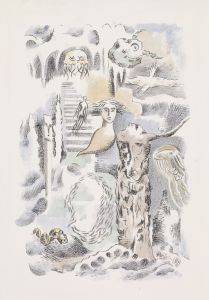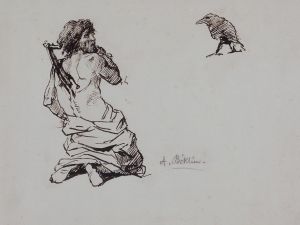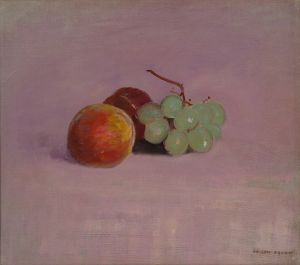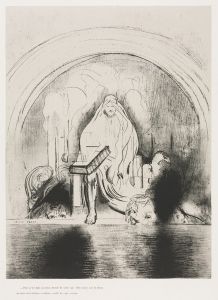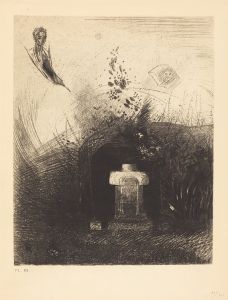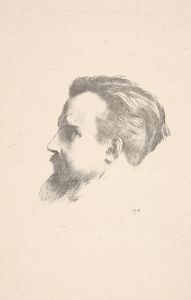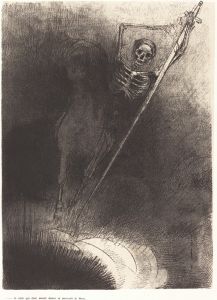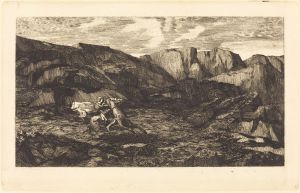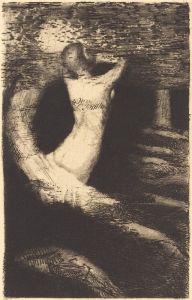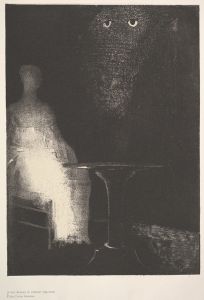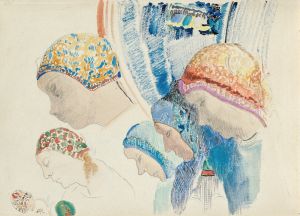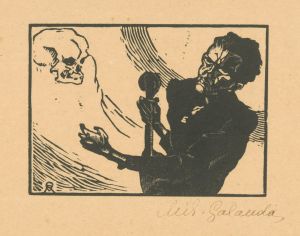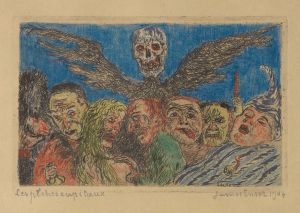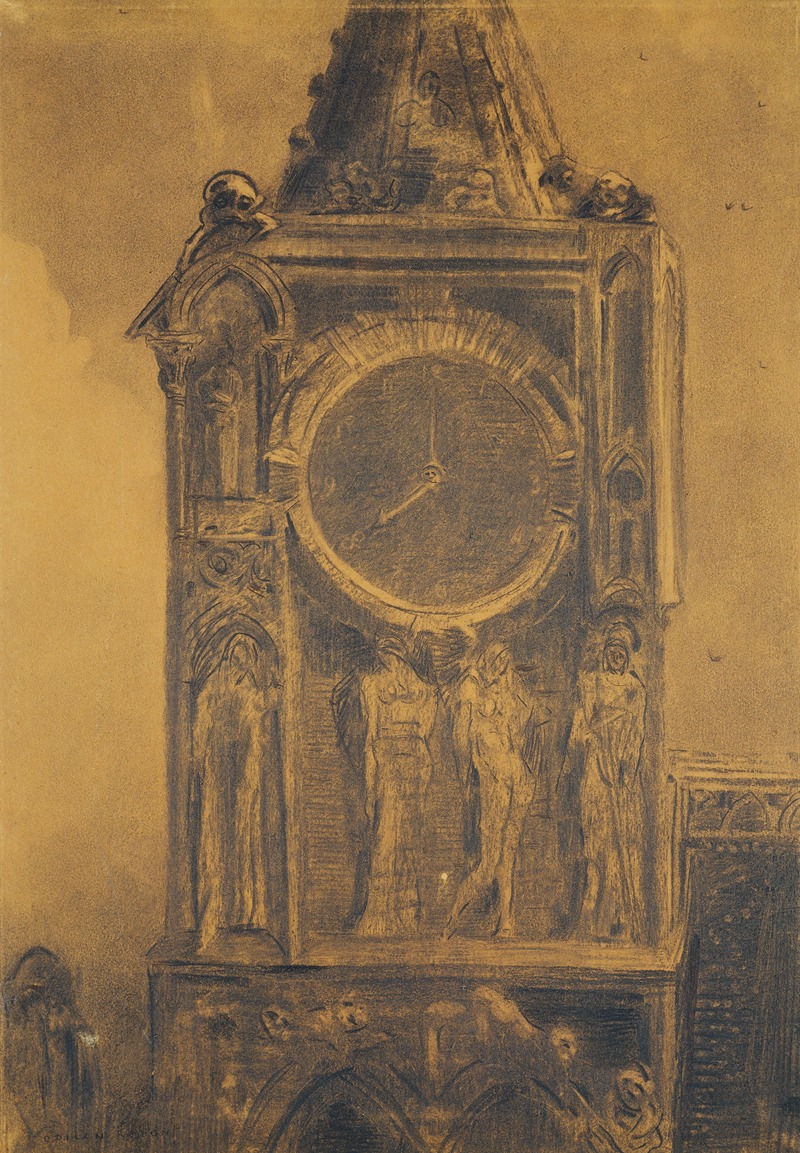
La cloche grave de Sainte-Gudule
A hand-painted replica of Odilon Redon’s masterpiece La cloche grave de Sainte-Gudule, meticulously crafted by professional artists to capture the true essence of the original. Each piece is created with museum-quality canvas and rare mineral pigments, carefully painted by experienced artists with delicate brushstrokes and rich, layered colors to perfectly recreate the texture of the original artwork. Unlike machine-printed reproductions, this hand-painted version brings the painting to life, infused with the artist’s emotions and skill in every stroke. Whether for personal collection or home decoration, it instantly elevates the artistic atmosphere of any space.
Odilon Redon was a French symbolist painter, printmaker, draughtsman, and pastellist, known for his unique and imaginative works that often explored themes of dreams, fantasy, and the subconscious. One of his notable works is "La cloche grave de Sainte-Gudule" (The Deep Bell of Sainte-Gudule), which reflects his fascination with the mystical and the spiritual.
"La cloche grave de Sainte-Gudule" is a work that exemplifies Redon's interest in the interplay between sound and vision, as well as his ability to evoke a sense of mystery and introspection. The title itself refers to the deep bell of the Cathedral of St. Michael and St. Gudula in Brussels, a significant Gothic structure known for its historical and cultural importance. The cathedral, dedicated to the patron saints of the city, has been a site of religious significance since the 9th century, and its bells have long been a symbol of spiritual resonance and communal gathering.
Redon's work often drew upon literary, religious, and philosophical themes, and "La cloche grave de Sainte-Gudule" is no exception. The painting is believed to capture the essence of the cathedral's bell, translating its auditory presence into a visual form. Redon's use of color and form in this piece is characteristic of his style, where he often employed a dreamlike palette and ethereal figures to convey a sense of otherworldliness.
While specific details about the creation and exhibition history of "La cloche grave de Sainte-Gudule" are limited, it is consistent with Redon's broader body of work during the late 19th and early 20th centuries. During this period, Redon was increasingly moving away from the darker, monochromatic tones of his earlier charcoal drawings and lithographs, known as his "noirs," and embracing a more vibrant use of color in his pastels and oils. This transition marked a significant evolution in his artistic approach, allowing him to explore new dimensions of expression and emotion.
Redon's art was heavily influenced by his interest in literature and music, and he often sought to create visual equivalents of these art forms. His friendship with composers and writers, as well as his own readings of works by Edgar Allan Poe, Charles Baudelaire, and Stéphane Mallarmé, among others, informed his symbolic and often enigmatic imagery. In "La cloche grave de Sainte-Gudule," one might perceive an attempt to capture the poetic and harmonious qualities of sound, translated into a visual language that invites contemplation and introspection.
Odilon Redon's contributions to the Symbolist movement and his influence on later artists are well-recognized. His ability to blend reality with imagination, and to evoke the unseen through his art, has left a lasting impact on the world of modern art. "La cloche grave de Sainte-Gudule" stands as a testament to his unique vision and his capacity to transform the ordinary into the extraordinary, inviting viewers to explore the depths of their own perceptions and emotions.





